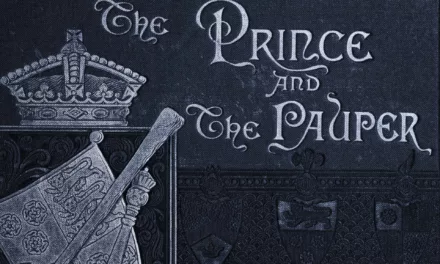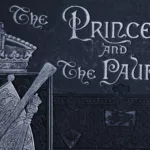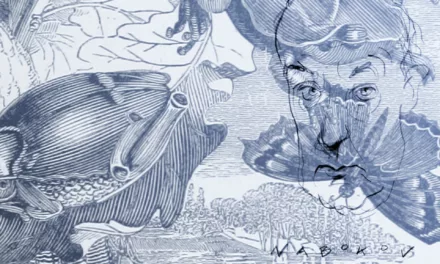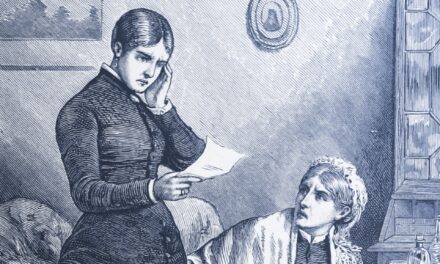
The Fichtean Curve: How to Escalate Tension and Conflict

If you’ve ever felt the grip of a good book, unable to put it down, you understand the pull of a well-told story. Behind the scenes of your favourite books, you’ll often find plot commonalities and narrative techniques.
The Fichtean Curve is a simple yet effective approach to storytelling that is often used in the satire, fantasy, mystery, and romance genres. It can add tension, drive conflict, and keep your readers hooked from start to finish.
What is the Fichtean Curve?
The Fichtean Curve is a narrative structure first penned by John Gardner in his book, The Art of Fiction. He named it for the German philosopher Johann Gottlieb Fichte, who was a key figure in the German Idealism philosophical movement and the originator of the dialectic method thesis–antithesis–synthesis.
Fichtean Curve refers to a plot development model that emphasises a rising action punctuated by a series of crises leading up to a climax and eventual resolution. The curve represents the intensity and pacing of the story, suggesting that tension should rise progressively with intermittent peaks of intense action or emotion to continually engage readers.
Key elements of the Fichtean Curve
The Fichtean Curve is a simple idea that comprises three principal components; rising action, climax, and falling action. The reality, however, is a little more complex, as these elements must be book ended and punctuated for maximum effect. It’s a lot like a wave in the way you can visually imagine your narrative.
A story written using the Fichtean Curve must have the following elements:
- Inciting incident: This is the event that sets the whole story in motion and introduces the initial conflict. It occurs during the exposition or setup of the story, where characters and settings are introduced.
- Rising action: This makes up the bulk of the story through a series of events that build tension and further complicate the situation for the protagonist.
- Crises: These are significant turning points that dictate the direction of the narrative and deepen the conflict. In the Fichtean curve, these happen regularly through the rising action, as the tension is ramped up.
- Climax: This is the point of highest tension and the moment of greatest conflict, where the outcome of your story is in the balance.
- Falling action: This is the sequence of events that follow the climax of a story, where the conflicts or problems begin to resolve, and the story starts to wind down toward its conclusion.
- Resolution: After the climax, the story moves towards a resolution, tying up loose ends and concluding the plot arc and your character’s journeys.

Why use the Fichtean Curve?
The Fichtean Curve is a strategic blueprint to keep readers on the edge of their seats. By guiding a narrative through escalating tensions and periodic crises, it ensures that your story maintains a gripping pace and a compelling arc. It’s not just about the buildup; it’s about creating a rhythm of excitement and reflection that deeply engages your readers, making them emotionally invested in the characters and their journeys.
Here are some reasons why the Fichtean Curve is a good base structure for your next project
Maintains reader interest
Thanks to a repeating sequence of dramatic crises leading up to the climax, the Fichtean Curve helps to keep the reader’s attention by continuously raising the stakes. Readers are constantly anticipating what will happen next, which is crucial for an interesting read.
Helps with pacing
By using the Fichtean Curve, you can avoid long stretches of inactivity or uneventful narrative in your story. The cyclical nature of rising action and crises lends itself to a natural and engaging rhythm, which can help to prevent reader fatigue.
Creates emotional engagement
Through the ups and downs of the crises and the characters’ responses to them, readers develop emotional attachments to your characters. This investment makes the climax—where the tension is at its peak—more impactful, as readers are deeply concerned about the outcomes for the characters they’ve come to care about.
Aids plot development
The structure lays out a clear framework for your plot, ensuring that each event has a purpose and contributes to the larger narrative. It encourages you to think about cause and effect, making sure that the plot is cohesive and that each event logically leads to the next, thus avoiding irrelevant subplots or extraneous details. Think of it like an excited reader sitting next to you and constantly asking “and then”?
Helps with character development
The constant challenges and setbacks faced by the characters force them to grow and adapt. These moments of crisis reveal character traits and motivations, allowing readers to understand and empathise with the characters on a deeper level.
Enhances conflict
By its very design, the Fichtean Curve emphasises conflict as the driving force of a story. This continuous conflict keeps the story dynamic. By emphasising conflict, your story will be more interesting, making the eventual resolution more satisfying.

How to use the Fichtean Curve
The Fichtean Curve can serve as a roadmap to constructing a plot that progresses from an inciting incident to a series of escalating crises, culminating in a satisfying climax. It encourages the outline of plot points, insightful character development, and purposeful pacing. Here are some tips on how to get the most out of applying the Fichtean Curve to your story.
Outline your story
Unlike other plot structures, the Fichtean Curve can be applied using only an outline, without having to create a comprehensive plan. Bullet point your inciting incident and three or four major crises that your character will face as they escalate towards the climax. Note down what you want your character to gain from the crises they have endured, and have an idea of how you want your story to end. That’s all you need! The rest you can discover as you go.
Vary the intensity
Not every crisis has to be earth-shattering. Some can be internal and personal, adding variety to the types of tension your character encounters. This variety ensures that the story doesn’t become monotonous and allows for nuanced development of the narrative. A mixture of conflicts ensures the audience stays intrigued and guessing.
Ensure cause and effect
For each plot point on your curve, consider the cause-and-effect relationship. This keeps the story logical and believable. Actions should have consequences that lead naturally to the next crisis, keeping the momentum going.
Balance action with reflection
Between crises, allow space for character reflection, which can build investment and give the reader a moment to breathe. These reflective moments are also an opportunity for characters to process events, make decisions, and set up the next stage of the curve. Reflection also serves as a contrast to the tension, making subsequent crises feel even more intense. This ebb and flow between reflection and action is key to maintaining a natural rhythm in the way the story progresses.
Summing up
The Fichtean Curve is a powerful tool that can transform the way you approach storytelling. By understanding and utilising its principles, creative writers can construct more compelling narratives that captivate and resonate with readers. Whether you’re drafting your first novel or looking to refine your writing technique, consider how the Fichtean Curve might elevate your storytelling or help your creative process.































